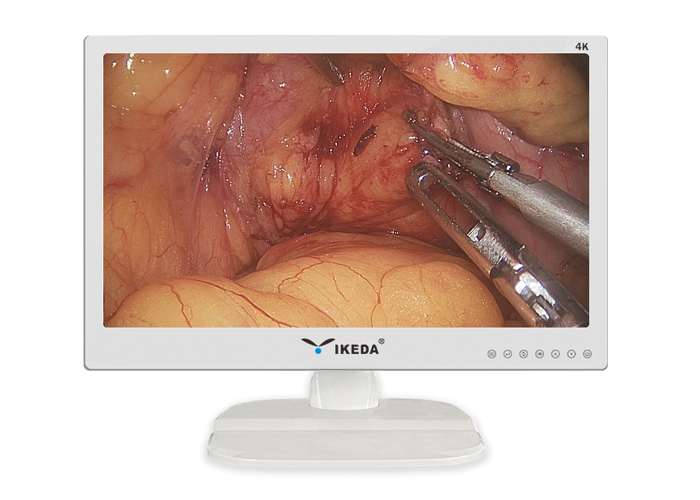Medical Displays are indispensable hardware equipment in various departments of the hospital. Whether it is during surgery or ordinary examination, Medical Displays are doctors' loyal helpers. What are the differences between Medical Displays and Ordinary Displays?
1. The brightness of medical displays has constant requirements
Professional medical displays need to ensure that they emit light with a brightness for at least 100,000 hours, while the brightness of ordinary displays does not have a constant value. Just like people’s most common mobile phone displays, the color temperature and brightness of each screen will fluctuate. Range. However, such brightness fluctuations will affect medical diagnosis, so the brightness of medical displays needs to be automatically calibrated continuously.
2. The price and size of medical displays are not related
Many people know when they buy computers and TVs that the larger the screen will determine the higher the price. However, this kind of related relationship does not apply to medical displays. Their screen size is only related to the size of the X-ray photo, and the price is not determined by the size of the screen.
3. The certification materials of the two displays are different
Ordinary displays need to have relevant certifications for environmental protection and electromagnetics. Medical displays must have relevant medical industry certifications, provided that all the certifications for ordinary displays are included. There are multiple safety certifications in different countries in the medical industry, and hospitals should make corresponding choices according to different regions.
4. Security
Ordinary display: There is no protective board for the LCD screen, and the power supply is built-in without special requirements.
Medical display: Due to the requirements of teaching and the habits of doctors, a protective panel specially equipped with LCD screen, and a medical environment with a medical special power supply for the medical environment.
5. Graphics card: grayscale display requires graphics card support, medical display should be equipped with a dedicated graphics card
Common displays include: flash memory, speed, and 3D indicators.
Medical displays include: display mode, one card dual display, primary and secondary display interchange, color/black and white conversion, 10bit grayscale output, horizontal/vertical screen conversion.
In addition to the most important differences above, medical displays have subtle differences in grayscale control, calibration methods, etc. These differences are all due to the peculiarities of the medical industry.
Xuzhou AKX Electronic Science and Technology Co.,Ltd specializes in the production of medical monitors. It adopts 1920*1080 full HD resolution. It can be used with endoscopic equipment or used as a monitor for endoscopic surgery. Adopting LCD screen, wide color gamut, high contrast, high resolution, fast picture response, true color reproduction, showing the tiny details of dynamic images, front integrated protection design, waterproof and antibacterial, it can meet the requirements of various complex surgical environments in hospitals Installation and use.
